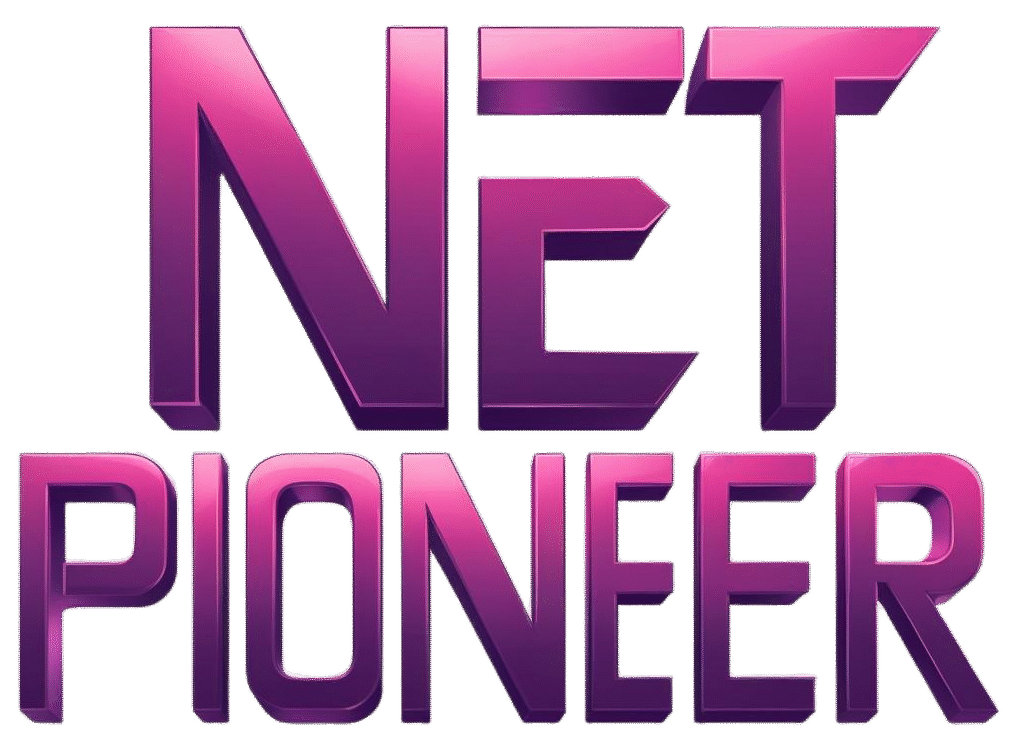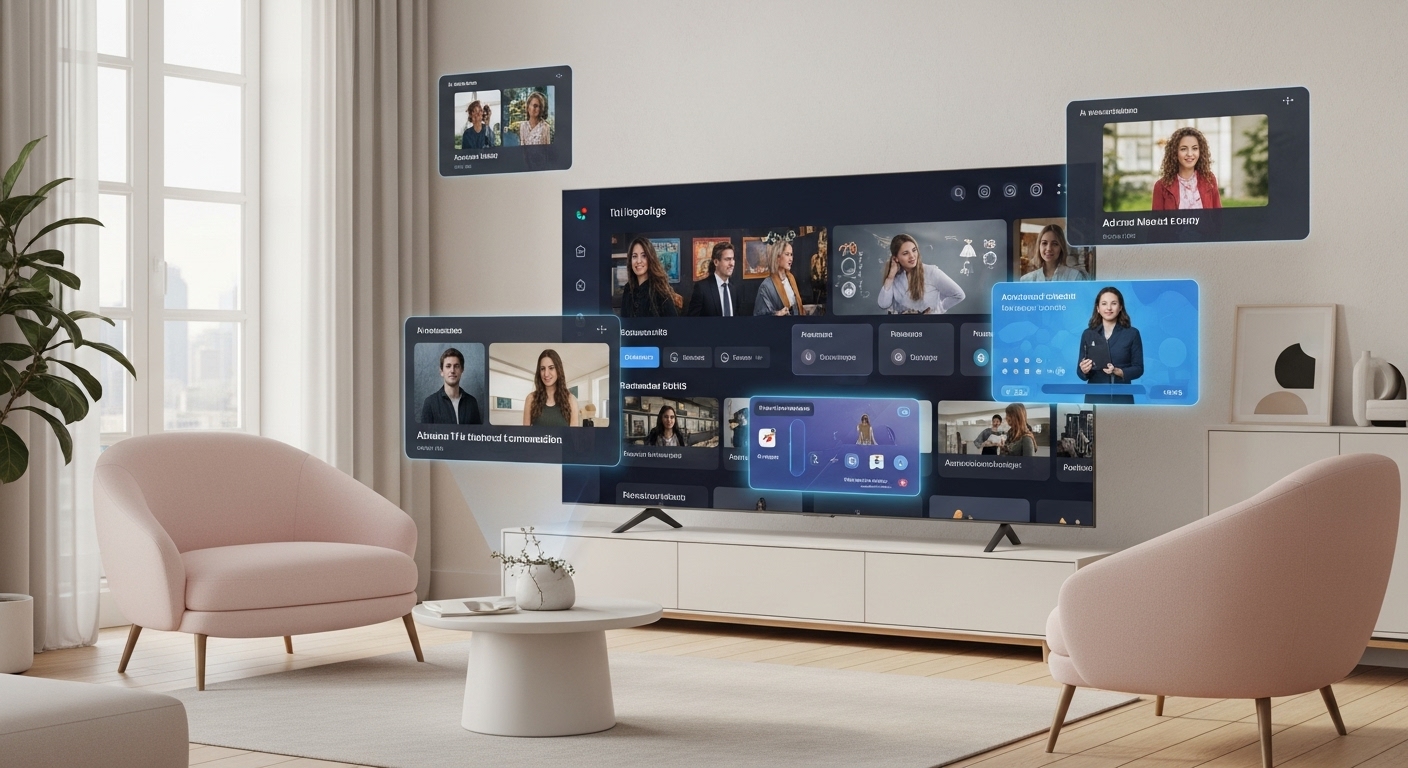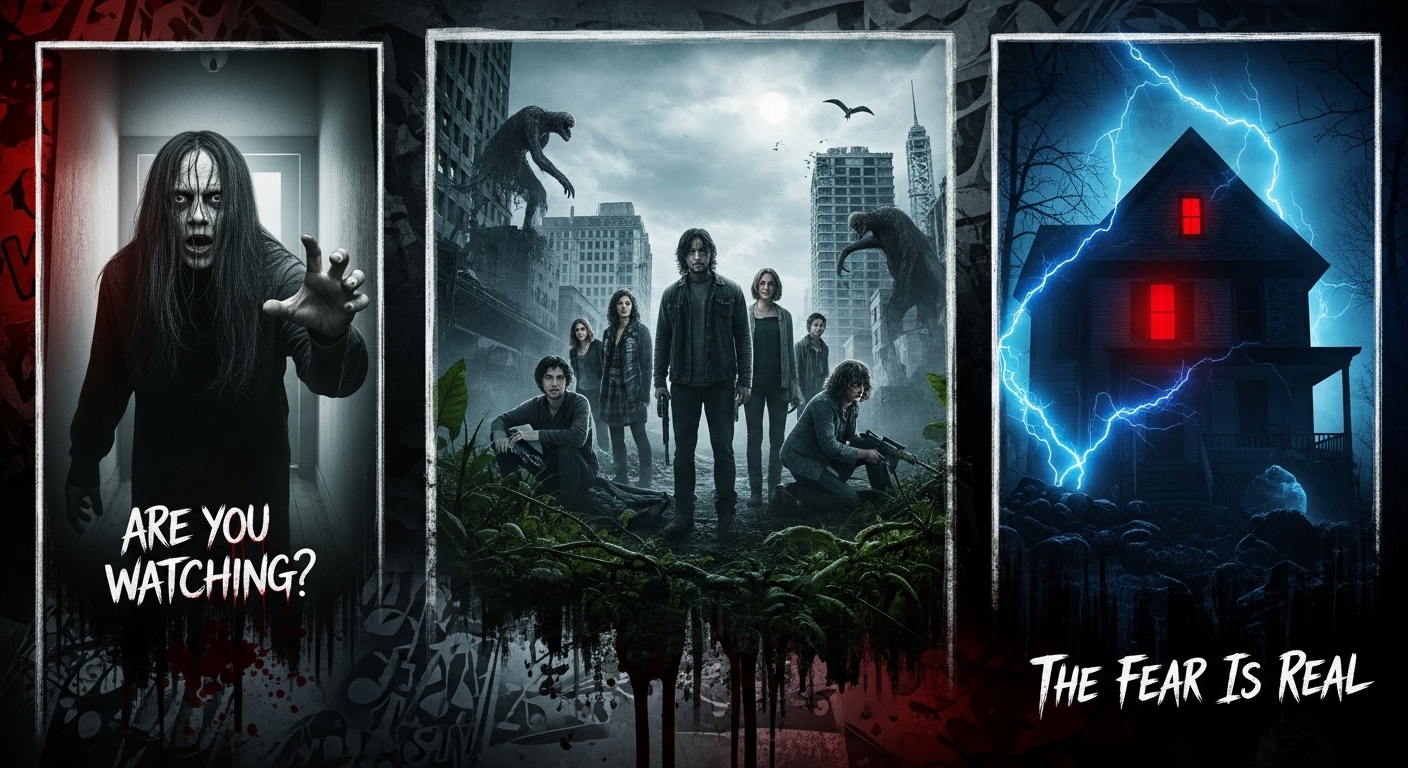For decades, the television set was the undisputed king of the living room – a glowing box around which families gathered for news, entertainment, and shared cultural moments. While the core concept of transmitting moving images and sound remains, the definition of “television” in mid-2025 has expanded far beyond a single device or a fixed broadcast schedule. Today, television is a dynamic, personalized, and increasingly interactive portal to a world of content, constantly adapting to how we live, work, and consume.
A Legacy of Innovation: From Analog to AI-Driven Displays
The journey of television is a testament to relentless technological advancement:
- Early Days (1920s-1940s): Pioneering inventors like John Logie Baird (mechanical) and Philo Farnsworth (electronic) laid the groundwork. Early broadcasts were experimental, black and white, and limited in reach.
- The Golden Age (1950s-1970s): Post-WWII, television exploded in popularity. The introduction of color television in the 1950s (though it became standard later in the 70s in many regions) and the widespread adoption of cable television in the 1970s dramatically increased content options and viewership.
- Digital Revolution (1980s-2000s): The development of High Definition Television (HDTV) in the 1980s offered vastly superior picture quality. The turn of the millennium saw the transition from analog to digital signals, laying the foundation for modern broadcasting.
- The Flat-Panel Era (2000s-Present): Bulky Cathode Ray Tube (CRT) TVs gave way to sleeker LCD, LED, and later OLED displays, offering thinner profiles, larger screens, and incredible picture clarity, including 4K and 8K resolutions.
The Modern Television Experience: Key Trends in 2025
Today, “television” isn’t just a broadcast; it’s an ecosystem shaped by technological convergence and shifting consumer habits:
- The Rise of Streaming (OTT/Connected TV): This is the most significant global trend. Services like Netflix, Amazon Prime Video, Disney+, and numerous other platforms have redefined content consumption. Viewers demand on-demand access to vast libraries, personalized recommendations, and flexible viewing schedules. This has led to:
- “Cord-Cutting”: A continued trend of viewers reducing or abandoning traditional cable/satellite subscriptions in favor of streaming. Nielsen data indicates streaming viewership continues to dominate in 2025, with over 40% of all TV time spent on streaming platforms, outpacing combined broadcast and cable.
- FAST (Free Ad-Supported Streaming Television): An exploding segment offering linear-style channels with ads, providing free content without a subscription. Platforms like Pluto TV, Tubi, and The Roku Channel are leading this charge, seeing steady growth.
- Connected TV (CTV): Smart TVs and streaming devices (Roku, Apple TV, Google Chromecast) are the primary way many access content, blurring the lines between traditional TV and internet video. The U.S. alone expects CTV ad spending to surpass $32 billion by 2025.
- Hybrid Models: Many traditional broadcasters and new streaming services are adopting hybrid models, offering both ad-supported and ad-free tiers, alongside microtransactions for specific content. This allows for diversified revenue streams in a saturated market.
- Personalization and AI: AI-powered recommendation engines are becoming incredibly sophisticated, using viewing history, mood, and even time of day to suggest content with pinpoint accuracy. This creates a highly personalized viewing experience for each user. AI is also deeply integrated into smart TVs themselves, optimizing picture and sound settings dynamically based on room conditions and even offering conversational interfaces (e.g., asking your TV to find a show with a specific actor).
- Immersive and Interactive Content: The boundaries between passive viewing and active participation are blurring.
- Augmented Reality (AR) and Virtual Reality (VR): While not mainstream for daily TV, AR/VR are enhancing live events (especially sports) and offering deeper, more interactive storytelling experiences.
- Interactive Features: Polls, live chat integrated with broadcasts, and choose-your-own-adventure narratives are appearing in some content, particularly on social platforms that are increasingly becoming content hubs, as well as e-commerce integration where viewers can directly engage with shoppable ads.
- Content Diversity and Localization: Streaming has enabled a boom in diverse and niche content from around the globe. Global platforms are investing heavily in original content that appeals to specific regional tastes and languages, fostering a rich tapestry of storytelling and making multi-language content more accessible. Scripted television in 2025 is seeing a renaissance with elevated thrillers, sophisticated comedies, and artful genre blending, often prioritizing IP-driven and franchisable concepts.
- Quality and Resolution: 4K is now the standard for new TVs and content, and 8K content and displays are slowly gaining traction, pushing the boundaries of visual fidelity. The expansion of 5G networks is also making high-definition, low-latency streaming more accessible globally. OLED and MicroLED displays continue to advance, offering superior contrast, brightness, and color reproduction. Audio technology is also seeing breakthroughs, with advanced spatial audio solutions becoming more accessible.
- The Resurgence of Live Sports and News: Despite the shift to on-demand, live sports and breaking news remain a powerful draw for traditional linear television. These “appointment viewing” events continue to command large, simultaneous audiences and are a key battleground for broadcasters and streamers alike, with more sports content moving to streaming platforms, including exclusive live events. Sports content has increased its share of viewing on linear TV for the last four years.
- Social Platforms as Discovery Engines: Social media platforms are becoming the nexus of discovery, awareness, and hype for television content. Younger generations, in particular, often discover new shows and movies through online creators, short-form video clips, and social media recommendations, influencing what goes viral.
From a shared family experience to a highly individualized content journey, television has fundamentally transformed. It is no longer just a “box” but a dynamic, intelligent portal that continues to shape our understanding of the world, entertain us, and connect us through the captivating power of the moving image.


